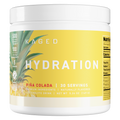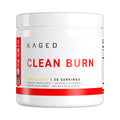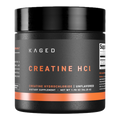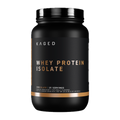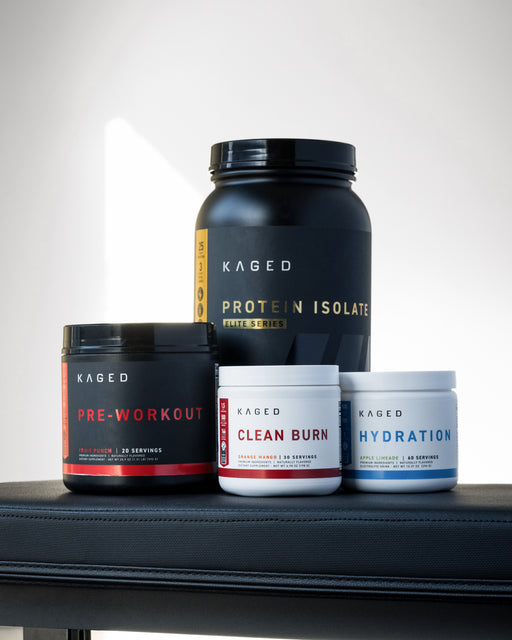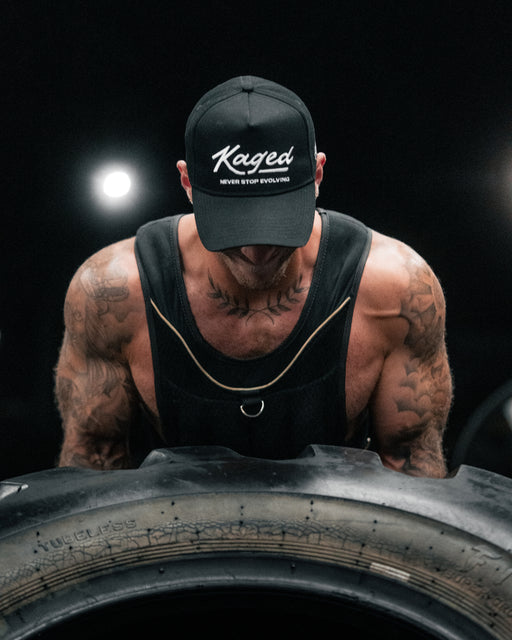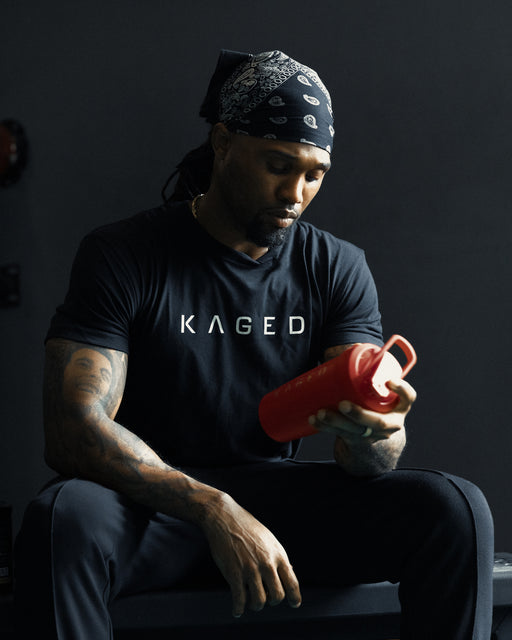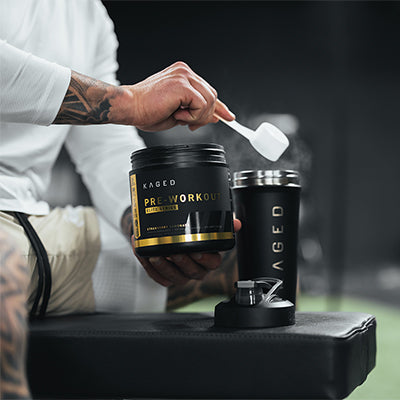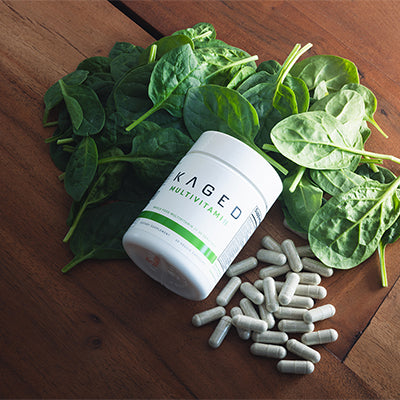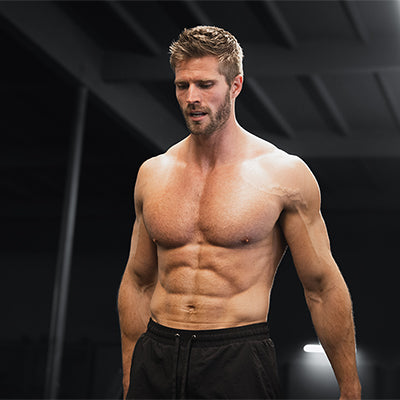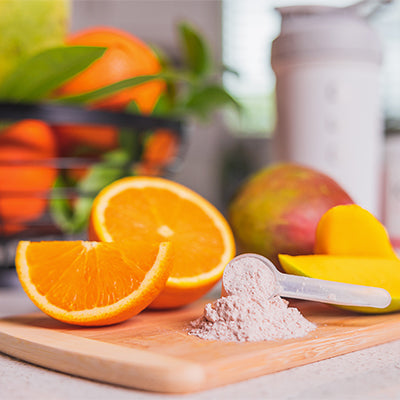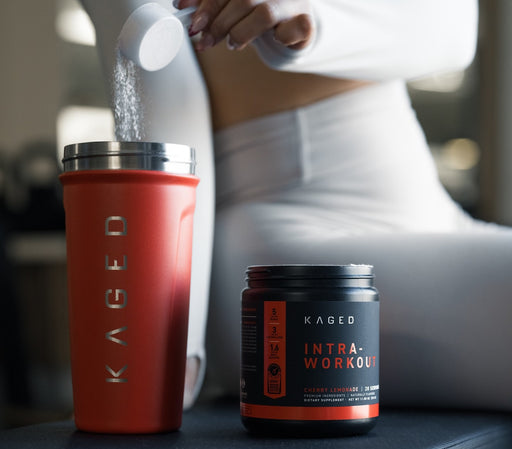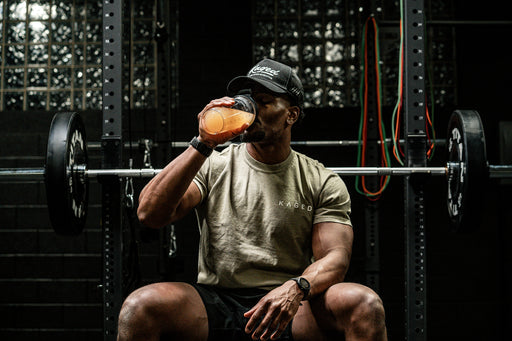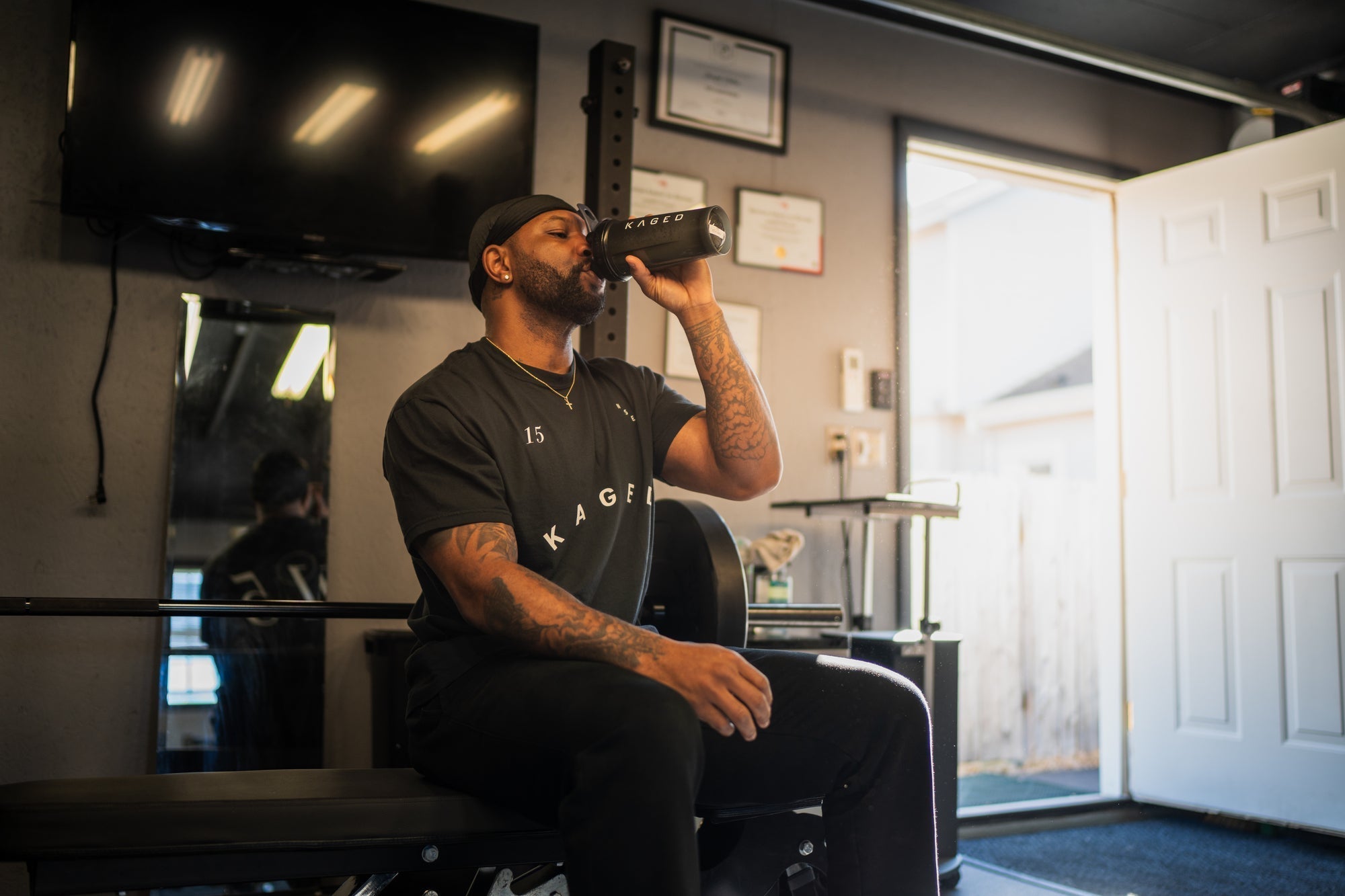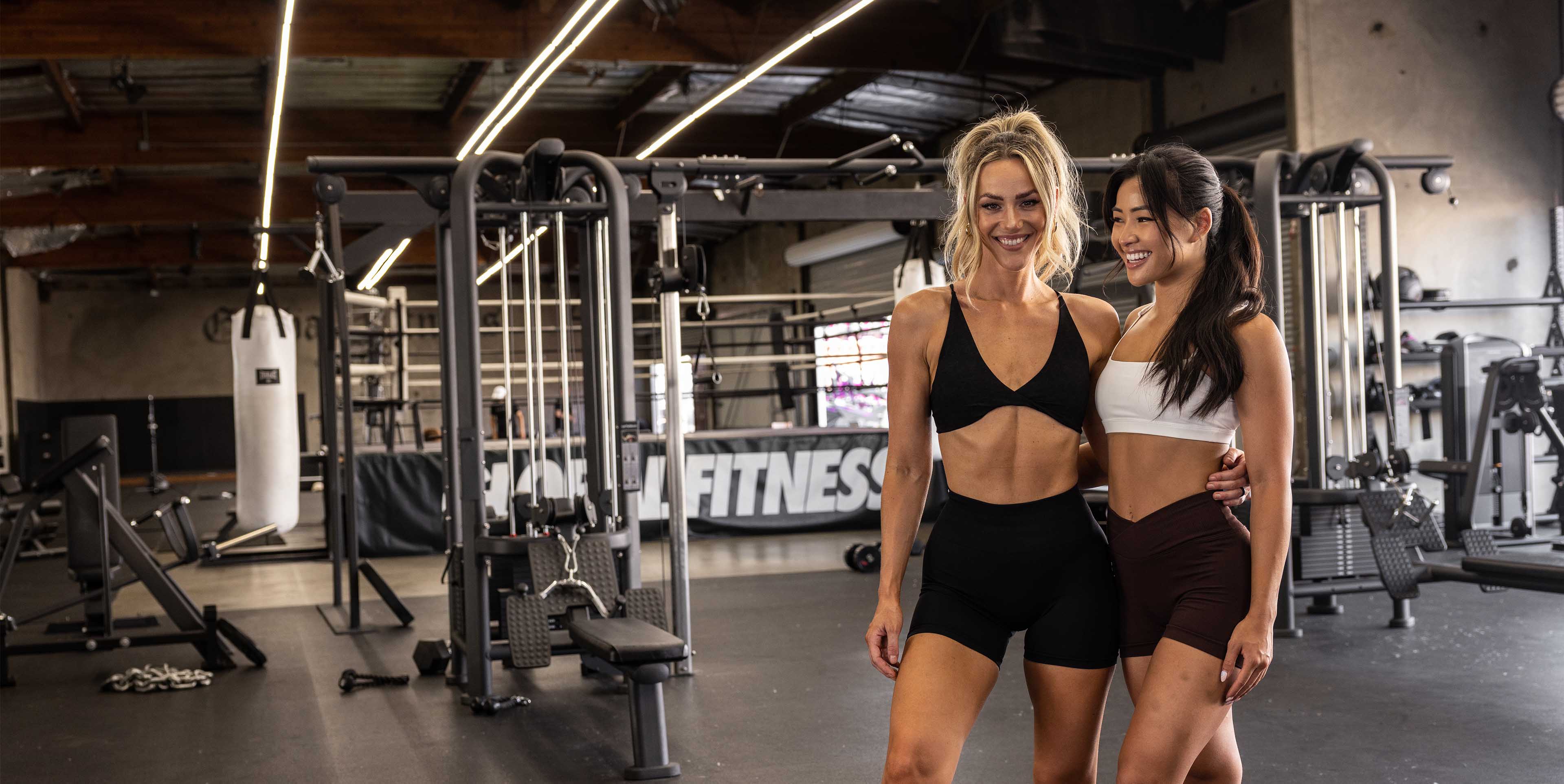Protein timing has long been debated. You’ve probably heard of the “anabolic window,” a supposedly narrow post-workout period when you must consume protein for maximum gains. But the research shows a more nuanced story.
We’ll admit that a decade ago, we pedaled this idea too. But as new research has come up, we’ve adjusted our stance.
Protein powders can play a key role in helping you get enough protein, when you need it. But you don’t need to rush to gulp down a shake after training.
In reality, research shows that total daily protein intake and distribution are more important than obsessing over a 30-minute window.
The Best Time to Take Protein Powder is Your Longest Gap Between Protein
As we’ll detail, it’s not how quickly after a workout that matters, but whether your body has the aminos it needs. If you ate breakfast at 7am and are training at 1pm before lunch, then you may want a protein powder shake around 12pm so your muscles have a flow of amino acids while you train. In this case, that’s more important than having protein powder right after training.
This article breaks down the latest science and practical advice on when to take protein powder for muscle gain, weight loss, recovery, and overall longevity, including how different protein types (fast vs slow) fit into your schedule.
The Case For The Importance of Protein Timing
Protein is essential for muscle repair and growth after exercise. Resistance training stimulates muscle protein synthesis, and consuming protein around that session provides the amino acids needed to rebuild muscle tissue.

In fact, the ISSN notes that “exercise and protein ingestion both stimulate MPS and are synergistic when protein consumption occurs before or after resistance exercise.” In other words, having protein around workouts does boost MPS more than training alone.
Specific Protein Timing vs Daily Protein Intake
Yet research bears out that as long as you eat enough protein at each meal, and don't have too much time in-between meals, you don't need to worry about precise protein timing.
What is Enough Protein?
Current recommendations for active individuals are about 1.4–2.0 g of protein per kg of body weight per day (roughly 100–150 grams for a 150 lb person). Achieving that total intake is key.
For example, the ISSN Position Stand advises consuming ~0.25 g/kg (20–40 g) of high-quality protein per meal, spread evenly every 3–4 hours. Hitting these protein targets ensures your body has a steady supply of building blocks for muscle.
How Importance is Protein Frequency?
In practice, this means planning to have your protein shake sometime in between meals. If you go 5–6 hours without protein, muscle protein synthesis can slow down.
Spacing feedings every few hours maintains an anabolic (muscle-building) state. Importantly, when you take protein often depends on what else you’re doing.
For example, if you train soon after breakfast that contains protein, the “need” for immediate post-workout protein is less urgent. But if your last meal was hours ago, a shake after training can top off amino acids. Here we get into the nuance.
The Post-Workout “Anabolic Window”: History vs. Reality
The idea of a short “anabolic window” comes from early studies in the 1990s and 2000s.
Trainers often claimed that muscles were especially primed for protein uptake in the 30–60 minutes after a workout. Thus, athletes were urged to slam a protein shake immediately after training (sometimes with fast carbs) to maximize gains.
This advice has biological plausibility. Exercise increases blood flow to muscles and activates pathways that use amino acids.
But recent research has since challenged the strictness of this window.
Recent reviews note that the importance (and even existence) of a narrow post-exercise window varies with individual factors.
In other words, the “window” is not one-size-fits-all. For example, Aragon and Schoenfeld explain that the so-called window can vary depending on your diet and schedule. If you have already eaten protein before training, your muscles are still being fed even after the workout. If you haven’t eaten for hours, then post-workout nutrition matters more.
A landmark meta-analysis in 2013 (by Schoenfeld et al.) pooled dozens of trials and found that protein timing had no extra effect on strength or muscle gain when total protein was the same.
In that study, dividing groups by timing versus no-timing showed no significant difference once they controlled for how much total protein people ate. In fact, they concluded: “total protein intake was the strongest predictor of [muscle gain]… results refute the commonly held belief that timing… is critical.”
The ISSN echoes this modern view. Its 2017 position stand states that the optimal protein timing is largely a matter of personal preference and convenience. It notes that the anabolic effects of a workout last at least 24 hours, tapering off gradually, so you have a broad window to eat or drink protein.
Don’t panic about a 30-minute window, but do spread protein intake smartly and meet your daily needs. Use protein powders to help fill these gaps.
Individual Factors: Workouts, Meals, and Lifestyle
Your schedule and meal patterns influence when protein powder makes the most sense. Here are some key factors:
-
Workout Timing: If you train first thing in the morning after an overnight fast, a fast-absorbing shake (like whey) immediately after can quickly supply amino acids. If you had a substantial meal or protein source a couple of hours before exercise, your muscles are already being fueled.
-
Sleep and Overnight: Research shows that having a slow-digesting protein like casein before bed can be beneficial. Casein digestion is slow enough to elevate blood amino acid levels throughout the night, which boosts muscle protein synthesis while you sleep. For instance, one review concludes that taking ~40 g of casein about 30 minutes before sleep (especially after evening training) “might be an effective nutritional intervention to facilitate muscle recovery.”
-
Training Frequency & Intensity: If you train multiple times per day or on back-to-back days, prioritize protein around each session. A quick-digesting shake (whey or similar) right after a workout helps jump-start recovery. Admittedly, the "post-workout window" advice may be more important for those pushing the boundaries.
-
Personal Tolerance: Some people feel better eating before bed; others do not.
Fast vs Slow Protein Proteins: Whey, Casein, and Blends
Proteins differ in how quickly they deliver amino acids. Understanding fast and slow proteins helps tailor timing to your needs:
Fast Proteins (e.g. Whey)

Whey protein is absorbed rapidly (often referred to as a “fast” protein). It’s rich in essential amino acids, especially leucine, which is a key trigger for muscle protein synthesis. Fast proteins spike blood amino acids quickly, providing a rapid MPS boost. The ISSN notes that “rapidly digested proteins that contain high proportions of essential amino acids and adequate leucine… are most effective in stimulating MPS.” In practice, whey is ideal after resistance training when you want quick recovery. For example, Kaged’s Whey Protein Isolate is an ultrafiltered, 100% whey isolate supplement designed for fast absorption.
Slow Proteins (e.g. Casein)

Casein digests much more slowly. Its proteins coagulate in the stomach, causing amino acids to be released over many hours. This makes casein suited for long periods without eating. For example, Kaged’s micellar casein powder (an ultra-filtered form of casein) is often taken before bed. Pre-sleep casein provides a steady supply of amino acids overnight, helping maintain a positive protein balance and muscle repair.
Protein Blends (Fast + Slow)

Some formulas mix fast and slow proteins to cover both needs. For instance, Kaged’s Protein Isolate Elite contains a blend of whey isolate, milk isolate, and micellar casein in a precise 2:1:1 ratio of fast:medium:slow proteins. This TRISOLATE® formula gives an immediate amino acid surge (from whey) and a sustained release (from casein and milk isolate). The idea is to fuel muscle growth over the course of hours.
Practical Protein Powder Timing Tips by Goal
Here are some practical recommendations based on common goals:
-
Muscle Gain: Aim for higher protein intakes (towards the 1.6–2.0 g/kg range). Don’t obsess over an ultra-tight window – focus on getting enough protein each day. Most people can benefit from a shake after training if they won’t eat a full meal soon. For example, if you train mid-morning, a whey shake post-workout followed by a protein-rich lunch an hour later is a good plan. Continue with another protein source (meal or shake) every few hours.
-
Fat Loss (Cutting): When calories are lower, muscle preservation is a priority. That means keeping protein high (even slightly above 2.0 g/kg is fine) and spacing it out to keep you full. Timing is secondary, but some tactics help: having a protein-rich breakfast can curb hunger, and taking casein before bed may help maintain muscle overnight. A post-workout shake still aids recovery when in a deficit. Overall, concentrate on the total protein and use timing for satiety and consistency, rather than strict windows.
In all cases, listen to your body. If you find you recover well without strict timing, emphasize consistent daily intake. If you struggle to meet protein goals with food alone, high-quality protein powders like we offer at Kaged can help fill the gap.
The “best” time to take protein powder depends on your routine and goals. The old myth of a tight 30-minute post-workout window has been largely debunked. What matters most is getting enough total protein and distributing it throughout the day.
